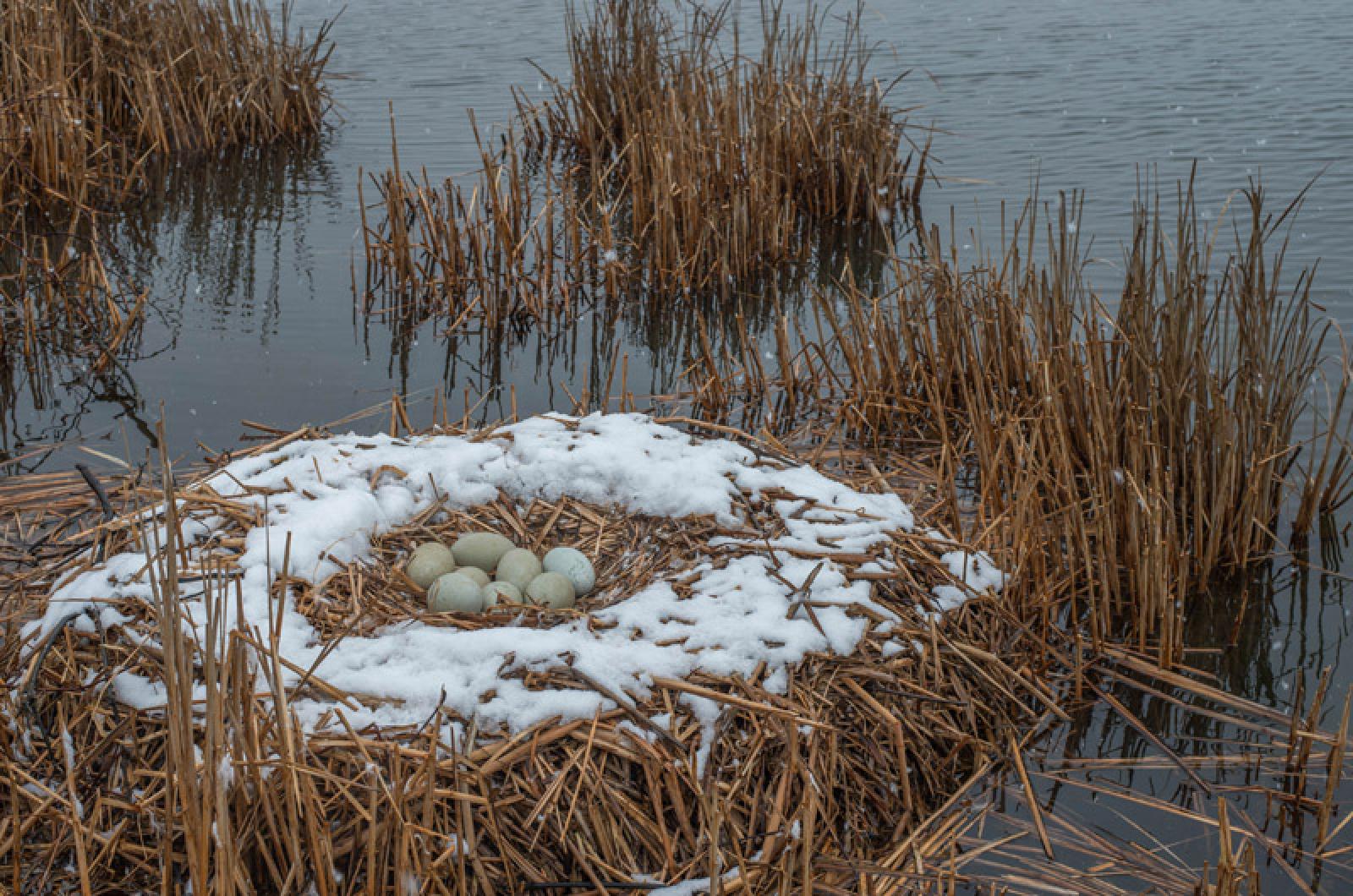Here is an edited selection from Gazette nature editorials published in 2016.
Beware the Vineyard in March. Yesterday was all warm sunshine and bright colors. Today it has turned gray and cold, the wind off the water full of sharp edges. No wonder daffodils are so hardy — they need to be. After a mild winter, spring has arrived by the calendar but with it comes the stark reminder that spring on the Island is so often just a state of mind. It can snow. Or not. And we can accept it. Or not.
May
Everywhere you looked this week, the rhythms of late May were in evidence. Streets were clogged with contractors and landscapers of every stripe, cell phones pressed to ears, rushing to finish jobs before homeowners arrive. In down-Island villages, restaurant and shop owners were hanging flags, planting window boxes and throwing open their doors to let in the salty air and a new season.
Even in the natural world, there appears to be a rush to make up for lost time after a cold spring. The jonquils are a distant memory, lilacs went by so fast there was barely time to cut some for the kitchen farm table, and bridal wreath is blooming. Joe Pye weed is pushing up through the grassy places trampled by deer at night near morainal freshwater streams. At Sheriff’s Pond in Edgartown, a pair of swans leads a short procession of fuzzy gray cygnets.
June
The first cutting of hay is down on farm fields around the Vineyard, another marker for the season at hand. The air is alive with pollen — oak, pine, grasses and the newly-mown hay are all culprits in what seems at times like an air-borne conspiracy against the legions of Islanders who suffer from seasonal allergies.
But still, the fields beckon. Hay fields, green and stubbly, soon will grow up thickly again as red and white clover, timothy and alfalfa. On working farms, row crops are elegant and symmetrical. Old wildflower fields too are beautiful, layered with oxeye daisies, buttercups, still-green yarrow and the first shoots of wild carrot. They are worthy of a French impressionist painting.
July
Ground fog clings to the hayfields up-Island on these late July mornings, a wisp of something cool before the heat settles in. Fields are studded with bright blue chicory but otherwise dry and dusty following two straight months of little rain. Canada geese, invisible but hunkered down in a grassy corner somewhere, break the silence with their soft honking. Awake and stirring, but not in flight yet. A little like the Island at this hour, at the start of another summer day.
On a north shore beach, an overnight high tide has erased all traces of footprints in the sand. Tiny shorebirds work the wrackline. They are alone, but not for long.
August
Leaves are falling early. Swamp maples have already begun to turn red. Friends formerly known as freshwater ponds and streams have been renamed mudholes. Lawns, meadows and hayfields share a common crunch. Dirt roads are clouds of dust. In closets around the Island, raincoats and umbrellas are gathering cobwebs.
The nearly nonstop stretch of dry summer weather has been perfect for summer vacationers and beachgoers this year, less so though for farmers and firefighters who worry about the lack of rain.
October
Mild and slightly fishy. This has been the story of October so far with balmy fall temperatures and derby days stretching on, the shorelines of the Island heavily populated with people wearing waders, tall boots and numbered pins on their caps. Fishing has been so-so, the anglers say, but they’re a cheerful bunch nonetheless. And why wouldn’t they? There’s nothing bad at all about standing in that mystical place where the land meets the sea, and gazing out on a wise horizon.
Time, now, for frost on the pumpkin.
November
High winds, rough seas, cancelled ferries and a low gray cloud ceiling can only signify one thing: winter is coming. The leaves are down, and overnight colors in the natural world have changed from red and gold to brown and gray. In woodlands branches are bare, save a few lone clusters clinging to beech tress. Wild wintergreen pokes through thick carpets of oak leaves in places. American hollies wear their bright red berries. Darkness descends early.
December
Winter arrived, rolling in late last week on a polar express as if delivered straight from the North Pole. And just like that, Islanders knew the time had come to say goodbye to a lingering mild fall. The heaviest winter coats, socks, gloves and hats are out. Family scallopers have become indoor creatures, gazing through their windows at a wind-roughened landscape. Mostly now the waders hang in the shed, waiting for spring.
The Island is wrapped in a deep blanket of quiet.




Comments
Comment policy »